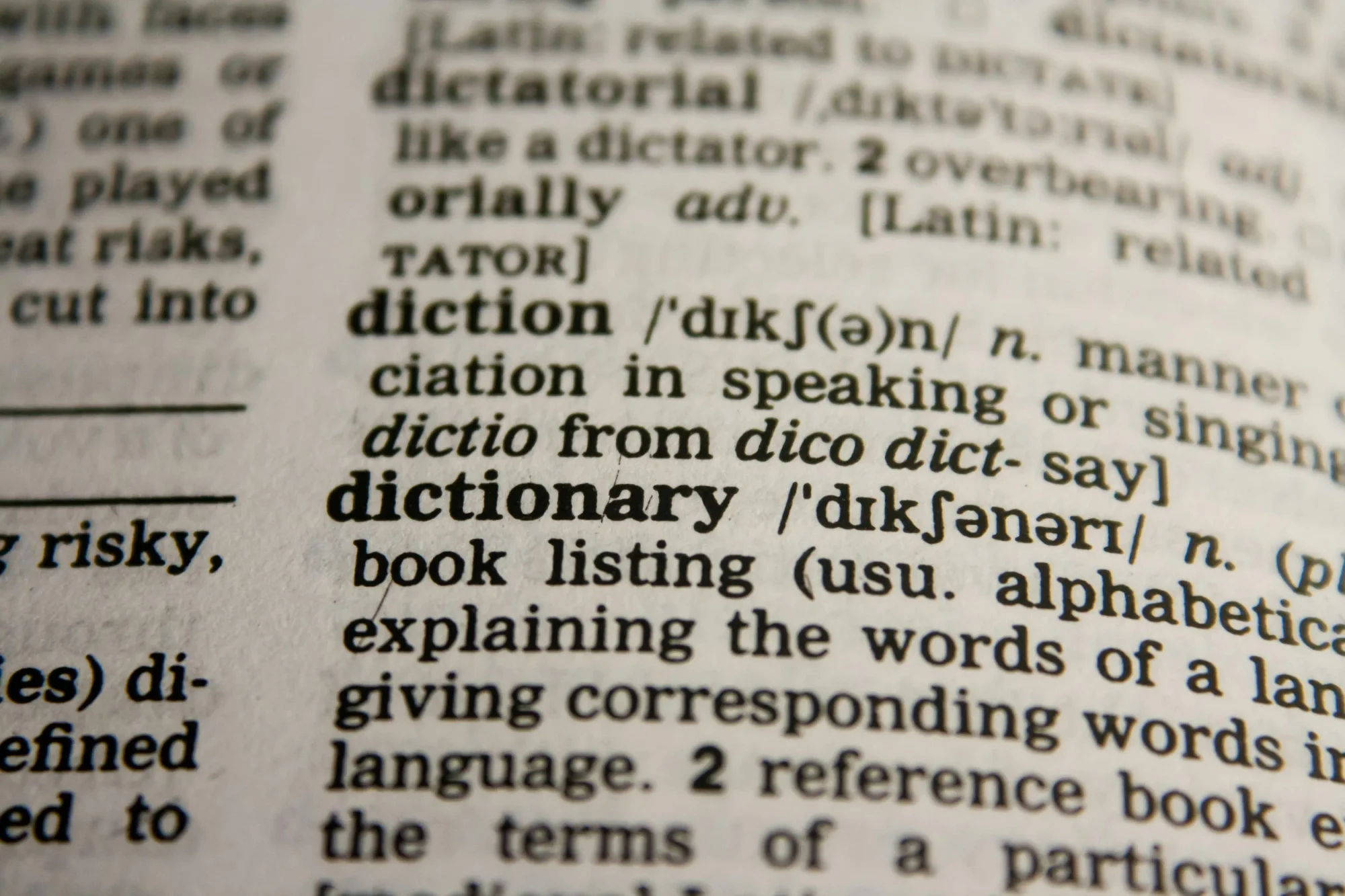Introduction
Cracking the code to Chinese fluency might seem like a daunting task. Mandarin, with its intricate characters and tonal nuances, presents unique cognitive challenges that require innovative learning strategies. But what if you could tap into cognitive science techniques to accelerate your Mandarin learning journey?
This article explores how cognitive science strategies, particularly repetition and active recall, can make mastering Chinese faster and more effective. We'll delve into the science behind these techniques, investigating how they can transform your learning experience and enhance memory retention.
We'll also introduce you to the pioneering Traverse app, a tool that marries cognitive science and Mandarin learning in a way that's not only efficient but also engaging.
Whether you're a beginner grappling with basic Chinese characters or an intermediate learner striving for fluency, these cognitive science techniques offer a fresh, science-backed approach to mastering Mandarin. So, ready to supercharge your Chinese learning journey? Let's dive in!
The Cognitive Science Behind Learning Chinese
Learning Chinese, with its unique tones and characters, is not just a linguistic endeavor. It's a cognitive challenge that requires the activation of various regions of the brain. The good news is, cognitive science techniques can be employed to accelerate your learning process, making it more efficient and enjoyable.
The Unique Cognitive Challenges of Learning Chinese
Learning Chinese is truly an exercise for the brain. Unlike alphabetic languages such as English or French, Chinese is a tonal language with a unique writing system. This means that mastering it requires a different set of cognitive skills. For instance, the tonal distinctions in Chinese require both temporal lobes of the brain, compared to English-language speakers who primarily use the left temporal lobe.
Moreover, the practice of handwriting Chinese characters stimulates a range of cognitive abilities. Chinese characters are complex in structure, involving strokes in all four directions: up, down, left, and right. This sequential movement of the fingers and hand activates neural activity in the working, thinking, and spatial memory of the brain.
Furthermore, there's a correlation between learning Chinese and math skills. As pointed out by researchers from New Zealand, the natural acquisition process of Chinese reinforces basic mathematical concepts. This is because character writing involves skills such as counting, grouping, ordering, and identifying similarities and differences.
How Cognitive Science Techniques Can Accelerate Chinese Learning
Cognitive science techniques can play a significant role in making your Chinese learning journey more efficient. One such technique is the use of spaced repetition and active recall. These methods are designed to optimize memory retention by strategically reviewing information just before you're likely to forget it.
Another cognitive science technique is the use of mind mapping, which can be particularly useful in learning Chinese characters. Mind mapping can help you understand the structure of characters, identify patterns, and create associations, thereby enhancing your memory and recall.
Lastly, a cognitive-interactive approach can be beneficial in learning Chinese characters. This approach involves engaging with the material in a meaningful way, such as through games or interactive exercises, promoting deeper learning and better retention.
Applying cognitive science techniques in your Chinese learning process can not only make it more efficient but also more enjoyable. The key is to choose the right tools, such as Traverse, that incorporate these techniques into their learning approach, enabling you to master Chinese faster and more effectively. Remember, it's not just about consuming information but about acquiring and internalizing knowledge.

The Power of Repetition in Mastering Chinese
The Role of Repetition in Vocabulary Acquisition
In the realm of language learning, one truism stands tall: Repetition is the key to mastery. Consider this your secret weapon when tackling the vast array of words and phrases in Mandarin Chinese. It may seem like an uphill battle, especially given Mandarin's unique tonal language structure and character-based system. However, regular and consistent repetition of new words can turn this daunting task into an achievable goal.
Repetition helps in two critical ways. First, it aids in the memorization of new words, embedding them into your long-term memory. Second, it assists in understanding the usage of these words in various contexts. Over time, repetition transforms passive recognition into active recall. This means you move from merely recognizing the words to confidently using them in conversation.
The Importance of Repetition in Learning Chinese Characters
When it comes to learning Chinese characters, repetition shines as a vital cognitive tool. Each character in Mandarin represents a syllable and carries meaning, making them integral to the language. The challenge here is the sheer number of these characters - with an estimated 50,000 characters, it can seem like a Herculean task.
Yet, with the application of repetition-based learning strategies, this task becomes not just manageable, but also engaging. Techniques such as spaced repetition allow you to review Chinese characters at optimal intervals, enhancing your ability to remember them effectively. This approach focuses on the harder-to-recall characters, reviewing them more frequently until they become second nature.
In essence, repetition is not just a tool for rote learning; it is a powerful cognitive strategy that can transform your Mandarin learning experience. It helps you grasp the unique vocabulary and complex characters of Mandarin Chinese, making your journey towards mastery not only possible but also enjoyable and rewarding.
Spaced Repetition and Active Recall: Key Techniques for Effective Learning
Have you ever felt like you're stuck on a treadmill of forgetting? You learn a new Chinese character today, only to forget it by tomorrow. It's a common frustration among learners, but it's not a dead end. Cognitive science offers two potent techniques to counteract this: Spaced Repetition and Active Recall.
Understanding Spaced Repetition and Its Role in Learning Chinese
Let's tackle the forgetting curve first. The forgetting curve, as postulated by psychologist Hermann Ebbinghaus, illustrates how our memory retention of new information decreases over time without any attempt to retain it. But here's the silver lining: the curve can be 'reset' and flattened using spaced repetition, a technique that involves reviewing and revisiting information at specific intervals.
The beauty of spaced repetition is its adaptability. More challenging Chinese characters are reviewed more often, while the easier ones, less so. It's all about reviewing just before you're likely to forget, slowing down the decay of information and thereby strengthening your memory. Over time, this technique can enhance your ability to remember Chinese characters for a long duration.
The Impact of Active Recall on Memory Retention
Now, let's delve into active recall. It's a process of actively retrieving information from your memory without any external cues. In other words, you're not just passively reviewing Chinese characters; you're making a conscious effort to remember them.
The power of active recall lies in its ability to stimulate your brain and reinforce neural connections related to the information, making it easier to remember in the future. It's not just a theory; its effectiveness is backed by research. A study involving 118 analyses in cognitive science found active recall to be 51% more effective than passive re-reading and 93% more effective than doing nothing.
These two techniques, when combined, can significantly boost your ability to learn and retain Chinese characters. By understanding and strategically applying spaced repetition and active recall, you can turn your Mandarin learning journey from a frustrating struggle into a rewarding experience.

Traverse: A Cognitive Science-Based Approach to Learning Chinese
Let's face it: learning Mandarin is a marathon, not a sprint. It requires dedication, perseverance, and most importantly, the right strategies and tools. This is where Traverse shines. This platform takes the cognitive science techniques of spaced repetition and active recall and weaves them into a unique learning approach to master Mandarin.
How Traverse Incorporates Spaced Repetition and Active Recall
Traverse isn't your typical language learning app. It goes beyond rote memorization and strives to create a deep, interconnected understanding of Mandarin. With its unique combination of mind mapping, spaced repetition flashcards, and connected note-taking, it provides language learners with the tools they need to effectively encode, retain, and apply their knowledge.
Spaced repetition thrives on consistency. It continually adjusts the frequency of reviewing based on your performance, focusing on those Chinese characters that you find more challenging. This ensures that your study sessions are always efficient and tailored to your needs.
Active recall, on the other hand, is all about engaging with the material. It encourages you to actively retrieve information from your memory, reinforcing neural connections related to the information and making it easier to recall in the future. This technique is incorporated into the process of reviewing and practicing Chinese characters and vocabulary on Traverse.
The Partnership Between Traverse and Mandarin Blueprint
To further enhance the learning experience, Traverse has partnered with Mandarin Blueprint, an online Chinese course renowned for its focus on character learning and immersive learning. This collaboration combines the effective and engaging course content from Mandarin Blueprint with Traverse's science-backed learning methods, delivering an unparalleled Mandarin learning experience.
By leveraging the synergy of Traverse's spaced repetition and active recall techniques with Mandarin Blueprint's comprehensive course content, learners are equipped with the tools and resources they need to master Chinese characters and achieve long-term proficiency in Mandarin.
In the next section, we'll share some practical tips for applying these cognitive science techniques to your Mandarin learning routine. Get ready to unlock your Chinese mastery!

Practical Tips for Applying Cognitive Science Techniques in Chinese Learning
Creating a Consistent Study Habit with Traverse
Cognitive science emphasizes the importance of a consistent study habit to reinforce memory and enhance retention. It's not just about cramming a bunch of characters before a test, but about the steady and systematic acquisition of knowledge over time. By setting aside a specific time each day to review your flashcards or practice exercises, you help build a learning habit that stimulates long-term retention.
Utilizing an app like Traverse, you can easily manage your study time and content. Its unique combination of mind mapping, spaced repetition, and connected note-taking provides the structure you need to establish a solid study routine.
Balancing Quantity and Quality of Chinese Characters Learned
While it might be tempting to learn as many Chinese characters as quickly as possible, remember that efficient learning is about balancing quality and quantity. It's better to deeply understand a hundred characters than to superficially know a thousand.
The spaced repetition system in Traverse focuses on those characters that you find challenging, allowing you to concentrate your efforts where they're needed most. This strategy not only makes your study sessions more efficient but also ensures a solid understanding and recall of each character.
Incorporating Chinese Speaking and Listening Practice with Traverse
Chinese mastery goes beyond just memorizing characters. It's about being able to use the language actively in real-life scenarios. Regular speaking and listening practice can help you achieve this. Engage in conversations, listen to Mandarin podcasts, or watch Chinese movies.
Make these activities part of your routine and use Traverse to help reinforce what you've learned. By integrating these activities into your study routine, you can simultaneously enhance your listening, speaking, and writing skills.
In conclusion, applying cognitive science techniques to your Mandarin learning is not a one-size-fits-all process. It requires a personalized learning strategy that takes into account your individual learning style, pace, and goals. Traverse offers a flexible and scientifically backed platform to help you implement these techniques effectively. So, are you ready to take your Mandarin learning to the next level?

The Long-Term Benefits of Using Cognitive Science Techniques in Learning Chinese
Mastering Mandarin is not a one-time feat. It requires a continuous, science-backed learning strategy that yields long-term benefits. Let's delve into how cognitive science techniques, particularly spaced repetition and active recall, offer tangible long-term benefits to your Chinese mastery.
Improved Memorization and Retention of Chinese Characters
Picturing a future where the intricate Chinese characters roll off your tongue with ease might seem far-fetched now. But with the power of spaced repetition and active recall, that future is closer than you think.
One of the most daunting aspects of learning Mandarin is the memorization of thousands of unique characters. However, repeated exposure to these characters at optimal intervals, a technique known as spaced repetition, can significantly improve your ability to memorize and recall them. This technique is not about cramming; it's about gradually building a solid foundation of knowledge that anchors the characters in your long-term memory.
Active recall, on the other hand, challenges you to retrieve the characters from your memory rather than passively reviewing them. This active engagement reinforces neural connections, making it easier to recall the characters in the future.
Personalized Learning Experience with Traverse
Every learner is unique, and so should be their learning journey. Cognitive science techniques offer a personalized learning experience, adapting to your unique needs and pace. This is where Traverse shines.
The platform uses spaced repetition and active recall techniques to tailor your learning. If you're finding certain characters or words challenging, they'll appear more frequently in your reviews. Conversely, if some aspects are easy, they'll be reviewed less often, freeing up time to focus on more challenging areas.
In addition, Mandarin Blueprint, renowned for its immersive and comprehensive course content, has partnered with Traverse. This partnership further enhances your learning experience by providing a context-rich environment for character and word learning.
The result? An efficient, enjoyable, and personalized Mandarin learning journey that propels you towards Chinese mastery.
In conclusion, using cognitive science techniques in learning Chinese offers tangible long-term benefits. These strategies not only improve memorization and long-term retention of Chinese characters but also provide a personalized learning experience. As you continue your journey to master Mandarin, remember to leverage these techniques for an efficient, effective, and enriching learning experience.
Conclusion
Mastering Chinese doesn't have to feel like scaling the Great Wall. By tapping into the power of cognitive science, you can transform your language learning experience from an uphill battle into an accessible and enjoyable process. With the right techniques, like spaced repetition and active recall, you equip yourself with powerful tools to supercharge your memory retention and accelerate your progress.
Implementing these cognitive science techniques isn't just about quick fixes. The goal is to foster a deep and enduring understanding of the language that allows you to communicate effectively and confidently in real-life situations. As a lifelong learner, this approach aligns with your commitment to continuous growth and learning efficiency.
Moreover, it's important to remember that the best learning strategies are those that are sustainable in the long run. Balancing rigorous study with consistent practice, and ensuring that you're not just learning, but also enjoying the process, are crucial aspects of a successful learning journey. This balance is what keeps you motivated and engaged, fueling your progress and making the journey to fluency in Mandarin a truly rewarding experience.
The path to Chinese mastery, although challenging, is a journey worth embarking on. Embrace the cognitive science techniques that have been proven to work. Equip yourself with tools that not only make learning easier but also more effective. And above all, enjoy the process of learning, experiencing, and mastering a language as rich and fascinating as Chinese.
Indeed, learning Chinese with cognitive science techniques is not just about mastering a language—it’s about unlocking a new world of opportunities. So here's to your Mandarin mastery, to the journey ahead, and to the incredible cognitive abilities that will guide you along the way. Embrace the challenge, harness your potential, and see where your Mandarin journey takes you.

